






The North Carolina Art Education Association (NCAEA) is an active advocate for promoting visual arts education in K-12 public and private schools, higher education, museums, arts centers, and arts councils across the state. It is affiliated with the National Art Education Association.
To promote and improve the quality of visual arts education in the state of North Carolina The North Carolina Art Education Association will focus on three broad categories to accomplish its goals: leadership, service, and advocacy.

Serene
By Serenity Ke Mixed Media Teacher- Natasha Young Northwest Middle School

www.ncaea.org

WHITNEY HERN PRESIDENT
I feel that there is nothing more truly artistic than to love people.”
—VincentvanGogh
March in Louisville, Kentucky was brisk, beautiful, and brimming with ideas that will ripple through North Carolina classrooms for years to come Thanks to the generous sponsorship of the NCAEA, I traveled to the National Art Education Association (NAEA) Convention determined to listen, learn, and lead on behalf of our membership I’m delighted to report that our voices carried weight, our vision found allies, and our state’s influence continues to grow on the national stage
Standing for North Carolina at the Delegate Assembly

As a voting delegate, I helped shape national policy by debating and approving amendments to key position statements Many of the improvements enacted this year were first drafted last summer at our Leadership Conference in Detroit proof that North Carolina’s advocacy has impact well beyond our borders When proposals emerged that might negatively affect our members, I voiced our concerns and worked alongside delegates from every region to get the wording just right. It was democracy in action, and North Carolina had a seat and a strong voice at the table.
Inspiration all Around
The convention schedule overflowed with creative energy, but two keynote moments stand out. Ceramicist RobertoLugo challenged us to confront inequity by “putting culture on the pedestal” through our art rooms Later, hearing from one of the original GuerrillaGirls reminded me that change often starts with a single courageous question Their words, equal parts humor and hard truth, cast a spotlight on the power and responsibility of arts education to move society forward
Lessons in Leadership
Between sessions, I networked with state leaders from across the country, collecting recruitment and service strategies we can adapt for NCAEA From streamlined mentorship programs to creative funding models, every conversation kept coming back to the same truth: thriving associations lead through service and with assertive compassion That phrase became my personal mantra for the week and my guiding star for the year ahead
Back home, I’m grateful to serve alongside a Board of Directors whose diversity of skills, passions, and perspectives rivals any I met in Louisville. Over the past year they have overhauled guiding documents, clarified committee structures, and fine‐tuned our mission to ensure it serves you the educators shaping North Carolina’s creative future. We don’t shy away from honest critique; instead, we complement one another, covering gaps and multiplying strengths. That collaborative spirit mirrors what I witnessed at the national level and convinces me we are on the right path.
My biggest takeaway? Leadership is an art form practiced best with open hands and open hearts. Whether you teach kindergarten or AP Studio Art, you already possess the power to lead compassionately by mentoring a new colleague, advocating for equitable resources, or simply listening to a student’s story If each of us exercises our sphere of influence with purposeful kindness, North Carolina’s arts community will be unstoppable In the coming months you’ll see conference‐inspired initiatives roll out:
● A member‐to‐member recruitment toolkit,
● “Teacher Tune-Up” virtual PDs, and
● A refresh of our advocacy resources keyed to upcoming legislative sessions.
I invite you to join the conversation, lend your expertise, and help us polish these ideas
Together, we will elevate every art classroom from the mountains to the coast
Thank you for entrusting me with this role and for fueling my journey to Louisville The experience sharpened my understanding of both my strengths and the areas I must keep stretching. With your partnership, and guided by VanGogh’s compassionate wisdom, I’m ready to continue the work lifting others as we all rise up through the transformative power of art.
Have ideas or feedback? Reach out at president@ncaeaorg
Many blessings, Whitney



Happy spring/summer, everyone!
I cannot wait to tell you all about what the Conference Committee has planned for this year ’ s conference Book your calendar for October 9-12 in Asheboro! The theme for the conference is “heART of NC” and for the Presidents’ Reception “Wild for Art” Thank you to those who submitted presentation/workshop proposals We are almost done building the schedule We are using a new system this year, EventLeaf Once we have the new system ready with the information we will release the link for registration Please see the flyer in the ByDesign for prices and dates for the conference
Here are a few sneak peeks for the conference We are excited to work with Uwharrie Charter High School for our main location for the conference and Luck’s Cannery for our Presidents’ Reception and Awards Ceremony A wonderful shoutout to the Asheboro Tourism Department who has planned events for us They have been talking to Seagrove Potters for a pre-conference (Thursday, October 9) activity day, but also availability throughout the conference Please know that many of the Seagrove Potter’s locations close at 4pm or 5pm We are having Off Site CEU’s again this year because of the great feedback in the 2024 conference survey We also highly recommend that you keep an eye on the Starworks website, https://wwwstarworksncorg/ We are having participants book directly through them for workshops and presentations They have wonderful glass pulling and blowing workshops, ceramic, and metal workshops I just took a glass pulling flower workshop this weekend and learned many new techniques and information about the process I highly recommend you try out their facility They have not released the fall schedule yet, but keep checking back with them for those dates and times I hope you can take a class with them Please know that we will not have a shuttle for the conference We highly recommend finding/reaching out to people to carpool to some of the areas Most of the Off Site Events are 15-20 minutes away from the school, such as Luck’s Cannery, Starworks, Carolina Bronze Sculpture, and Seagrove pottery locations We are working with two main hotels for the conference The Marriott and Fairfield hotels are near the school, a 10 to 15 minute
to the school depending on the time of day Both hotels have a continental breakfast We heard you in the survey and made sure the hotels provided you this amenity The links for the hotels are at the bottom of this letter Please know the hotels require a minimum 2 day booking
We cannot wait to tell you who we have been talking to for our guest speaker engagement We hope to release the information soon once the contract is signed We are hoping to have some of the local artists at the vendor area at the conference Huge shout out to Blick Art and Materials for already registering for being a vendor at this year ’ s conference and sponsoring 3 Beginning Art Teachers again this year We also have United Art and Education, The Art of Education University, Gelli Arts, Royal Brushes, and Blick Art and Materials sponsoring workshops/presentations this year We cannot wait to share more information with you
As we get closer to the summer, we will continue to build an amazing conference experience for you We are talking to the NC Zoo for a connection as well as other fantastic opportunities for you to grow as an artist and art educator Please let me know if you have any questions about this year ’ s conference More information to come as well as a Conference Companion and registration link Thank you all for your support and patience as the NCAEA team works to create this experience A huge thank you to Jamielle Orrell, Lee Haywood, and Cheryl Maney for all their feet on the ground and phone calls they have assisted with to get the wonderful opportunities for this conference Thank you, ladies
Book your group rate for NC Art Education Association- (Click on these links)
Start Date: Wednesday, October 08, 2025 (can book days after this date) End Date: Sunday, October 12, 2025
Fairfield Inn
Fairfield Inn & Suites Asheboro for 144.00 USD per night - Last Day to Book : Thursday, September 18, 2025
Hampton Inn
Hampton Inn Asheboro NC for 15400 USD per nightt
Please reach out if you have any questions
See you in October!

President-Elect Cynna Oaks
On April 26th, our wonderful NCAEA Board met at the Mint Museum in Charlotte to hold our annual spring retreat. The Mint Museum was kind enough to provide free use of their classroom for our meeting and the city of Charlotte provided excellent weather, restaurants, and art for the occasion. The Bechtler Museum, which is directly next door to the Mint, also granted us access to their classroom for use during breakout sessions and committee meetings. On behalf of NCAEA, I’d like to publicly thank Joel at the Mint, and Molly at the Bechtler, for being so gracious. These museums were excellent hosts and I hope you can visit their collections during your summer breaks.
As mentioned in my previous articles, our Board has been working overtime to draft and implement some much needed changes to our organizational structure and processes. Last summer, I participated in an ad hoc committee with the purpose of revising our NCAEA Constitution The changes we proposed were accepted by you, the members, at the conference in Asheville
With our updated Constitution in hand, a new ad hoc committee was established in January of this year This committee reviewed, analyzed, and proposed revisions to our Policies and Procedures Handbook (Handbook) with breakneck speed In fact, the group worked so quickly and thoroughly that we, the NCAEA Board, were able to review and approve the updated Handbook at our spring retreat, a good 3 months ahead of schedule
It is important to mention here that the Handbook is a document that only needs the votes of the Board to be altered Whereas our Constitution is quite official and requires the votes of membership to be changed, the Handbook is meant to be a much more flexible document It is the document that holds things like job descriptions and the names of companies that we use for emailing members, for example Truth be told, those items used to live in our Constitution, but your gracious acceptance of our proposed changes allowed us to move that information into the Handbook In turn, your Board is much more productive than was previously possible
With all of these changes, I hope you see the strength of our Board and the benefit that each of our Board members has brought to the organization I am so proud of the work we ’ re doing As I wrap up my last months as President-Elect and prepare to step into the role of President, I will continue to strive for transparency, streamlining, and progress This means including meeting minutes in our Drip, sharing details with you here, in By Design, and making our Constitution and Handbook visible online We are an organization built by and for you, so it’s only fair that these items are available to view when you desire
In your service,Chynna
Chair: Nancy Winn Elect:
Chair: Heidi Pfirman
Elect:
Chair: Sarah Brown
Elect: Phoebe Guice
Chair: Theressa Lewis
Elect: Allison Ellis
Chair: Lyn Lambros
Elect: Lori Ross
Chair: Lindsay DeBlasio
Elect:
Chair: Kathryn Szelasek
Elect:
Chair: Amy Lewis
Elect: Autumn White
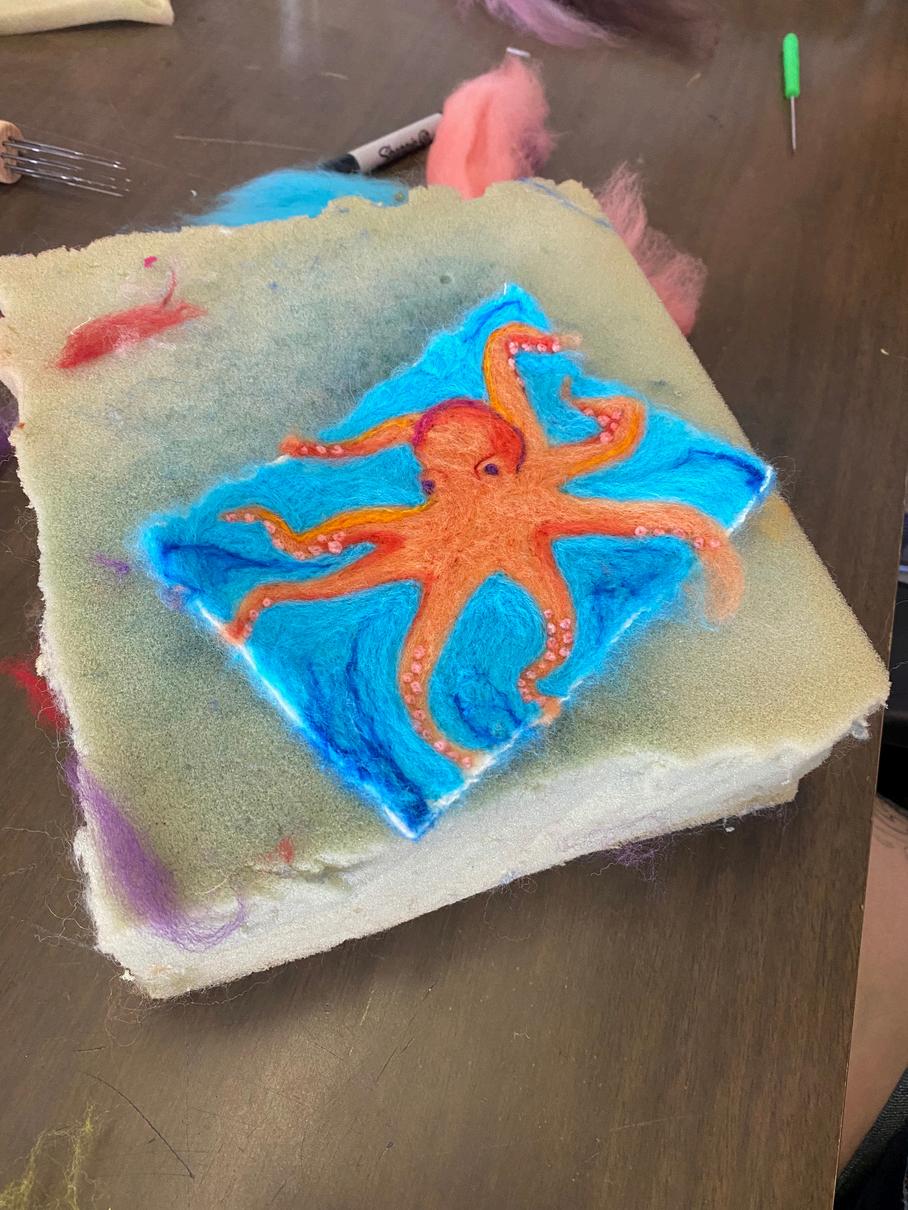
Region 3 hosted our spring profess had a wonderful turn out and crea year, Needle Felting, Recycled Fab was fun, the community is what brings people back year after year. Thank you to Emily Howard from Meredith for helping and hosting. Coming soon, we have our Summer Teacher/Student Art Exhibit in the Weems Gallery at Meredith College. We invite teachers to bring two personal art pieces and one student art piece to be exhibited this summer. Last year we had a fantastic collection from teachers and students from all levels, and a fantastic variety of work. If you are in the Raleigh area check out the show. It will be on display from May 31st till our closing reception on June 22nd, 1-3 pm, with awards at 2 pm.




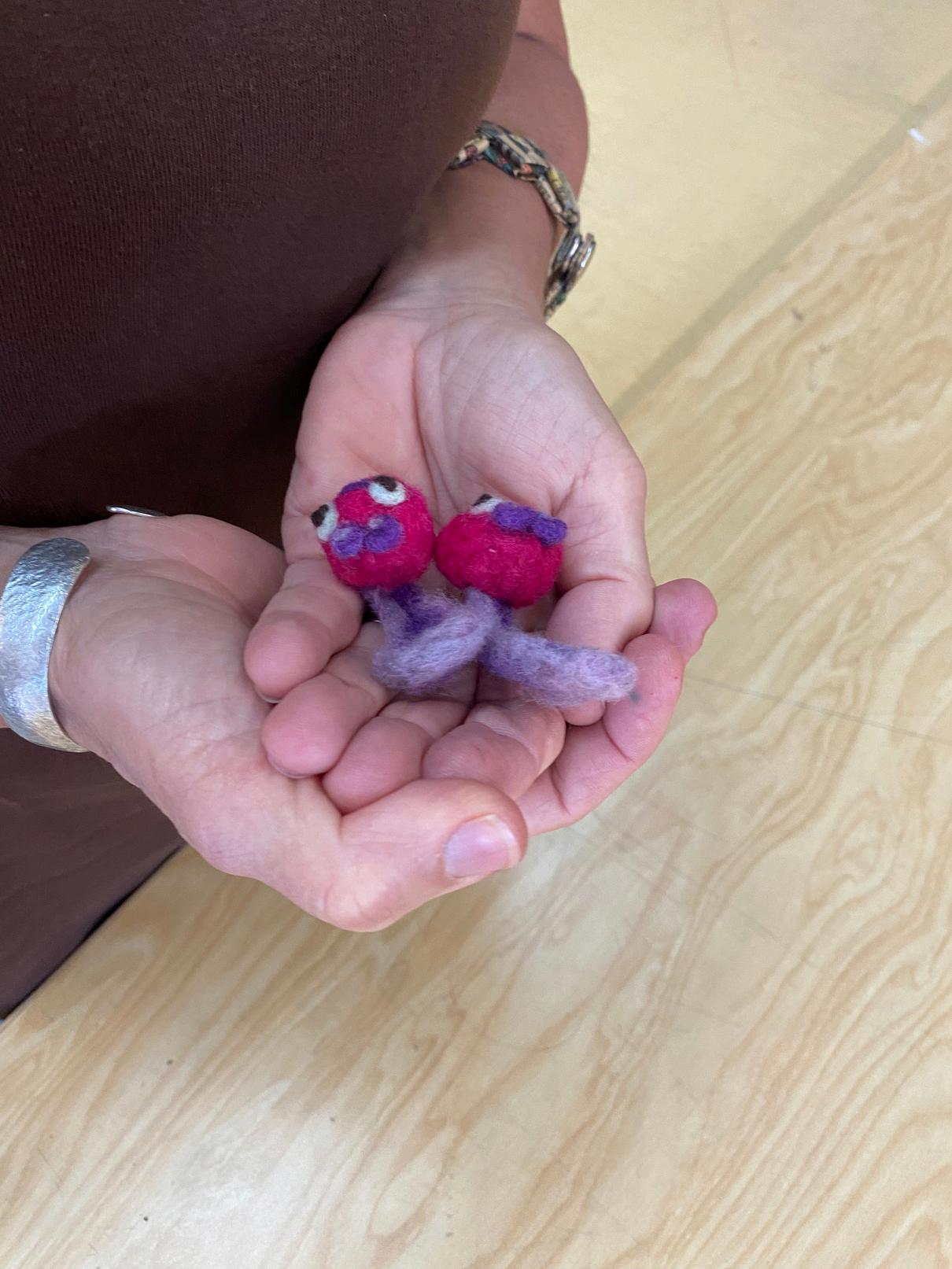
by Allison Ellis and Theressa Lewis


On behalf of the University of North Carolina at Pembroke (UNCP) and the North Carolina Art Education Association (NCAEA) Region 4, we were excited to have another successful in-person professional day held on February 28th, 2025. It was hosted at UNCP. It was a full day from 8:30 am – 3:00 pm of speakers, workshops, and socializing amongst Region 4 art educators In all, we had 69 attendees across all the counties of Region 4, including NCAEA members, nonmembers, and 8 high schoolers. Our day began with a meet and greet that led into a whole group with keynote speakers from the Cameron Art Museum. They addressed building community through building a collection at an art museum or exhibit. Then, we had another speaker discuss passport to learning with ideas through cultural exchanges, adaptability, and diverse teaching environments. Afterward, all participants broke up into different sessions. They were able to attend two sessions Sessions were taught by UNCP faculty, grad students from UNCP, and art teachers of Region 4
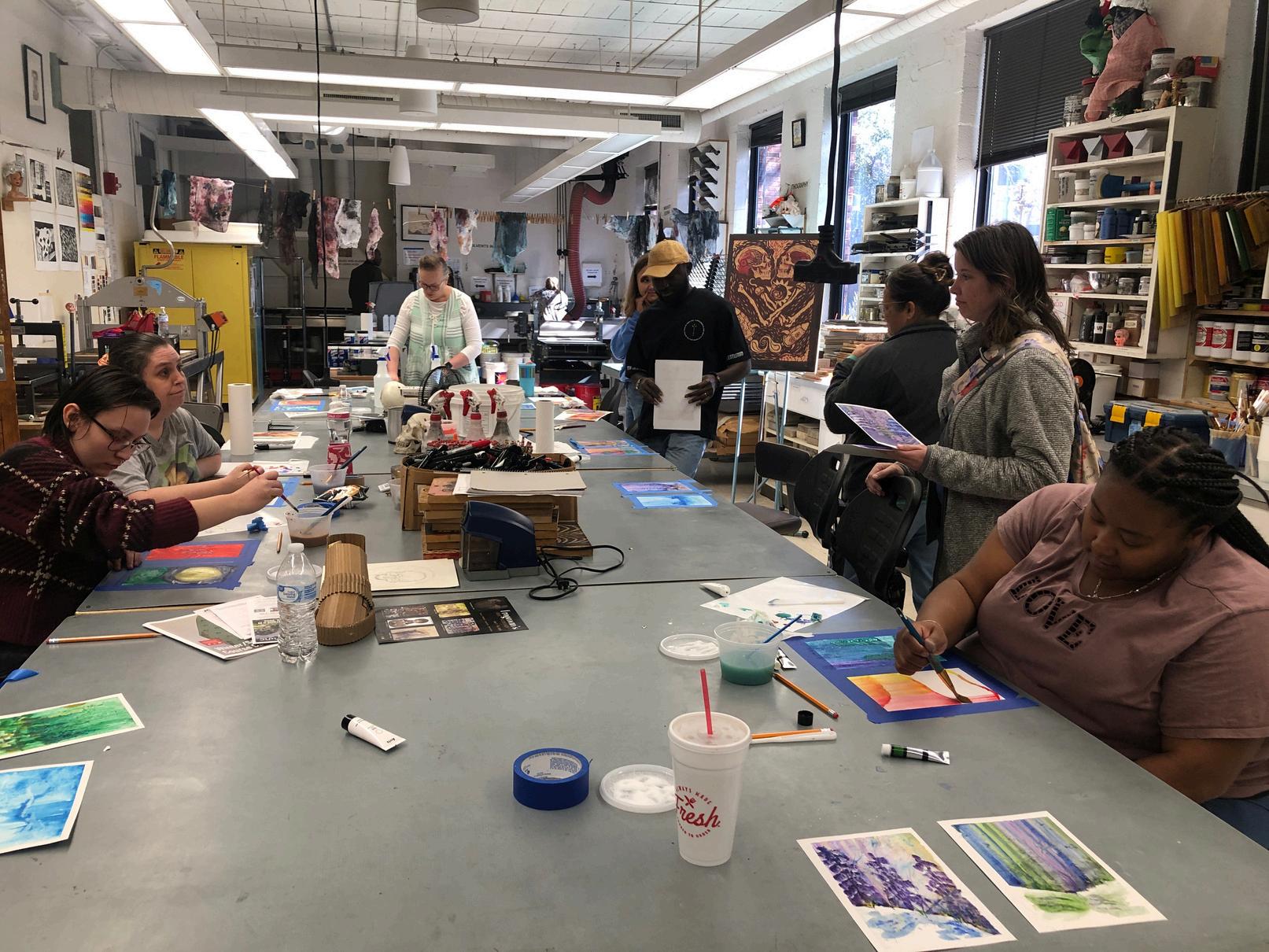

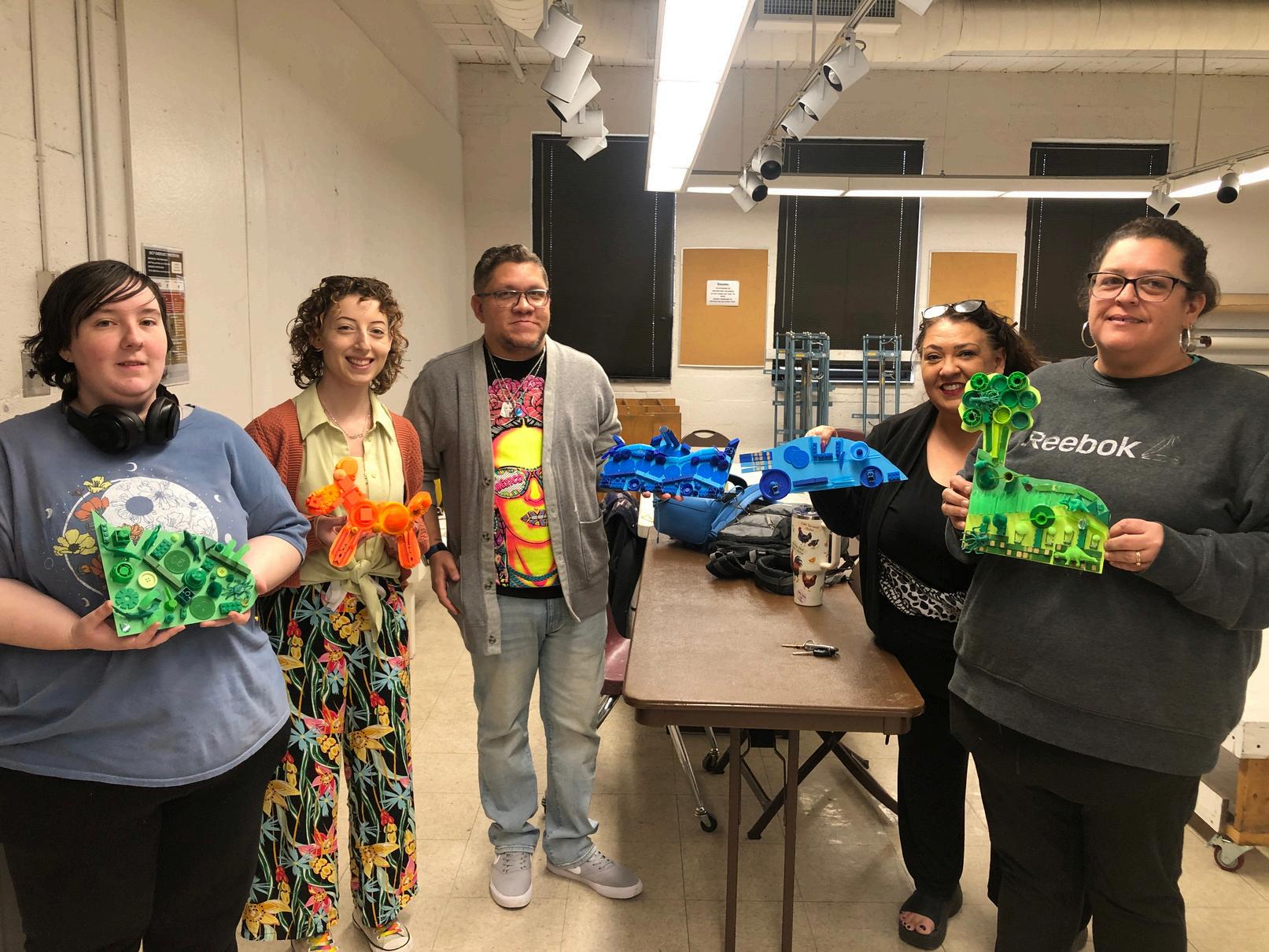
These sessions were hands-on workshops of different media Sessions included Palette Knife Painting Monochromatic Art Assemblage, Quilling, Toilet Paper Sculptures, Sight Size: The Art of Sight, Walk a Mile: Shoe Construction, Hand-Built Clay, 4 Style Self Portraits, Watercolor and Salt, Casting with Hot Glue, Introduction to Journal/Book Making, Edible Color Wheel, Abstract of Mind, Funko Pop Me Relief, and Introduction to Gourd Painting.
NCAEA’s Region 4 has been collaborating with UNCP for the past years when providing a professional development day to our art educators It is a great way to recruit new members and see old members that we only see once a year. We look forward to continue working alongside UNCP to provide these opportunities

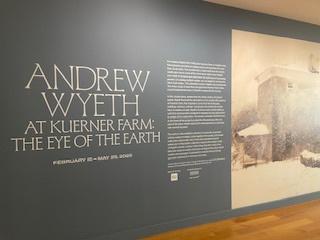
by Lyn Lambros

On Saturday, March 29, Region 5 art educators gathered at Reynolda House Museum of American Art for a dynamic professional development workshop, Andrew Wyeth and the Importance of Place. Participants enjoyed an interactive experience combining a guided tour of the current exhibition, Andrew Wyeth at Kuerner Farm: The Eye of the Earth, with a hands-on studio session



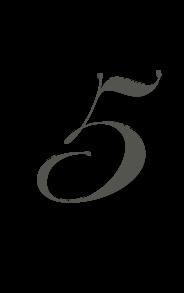
Led by museum educator Julia Hood Tanner, the morning began with a thoughtful exploration of Wyeth’ deep connection to Kuerner Farm, one of his most significant sources of inspiration Through a combination of guided looking and independent reflection, teachers engaged with Wyeth’s process examining how he captured sensory details of place and conveyed the emotional resonance of the Kuerners’ home. Group discussions centered around key works, including Groundhog Day, Young Bull, and Spring, offering participants an opportunity to practice conversational techniques focused on elements of art, principles of design, and artistic choices.
Following the gallery experience, participants transitioned to the studios for a period of reflection and hands-on creation. Teachers wrote about how different approaches to looking at art deepened their understanding and considered how these strategies could be adapted for their own classrooms The workshop concluded with mixing egg tempera and a watercolor exercise, inviting participants to create a painting inspired by a place meaningful to them, whether personal or inspired by the surrounding Reynolda landscape
This workshop not only deepened educators' understanding of Wyeth’s work but also inspired new ways to connect students with their own sense of place through artmaking
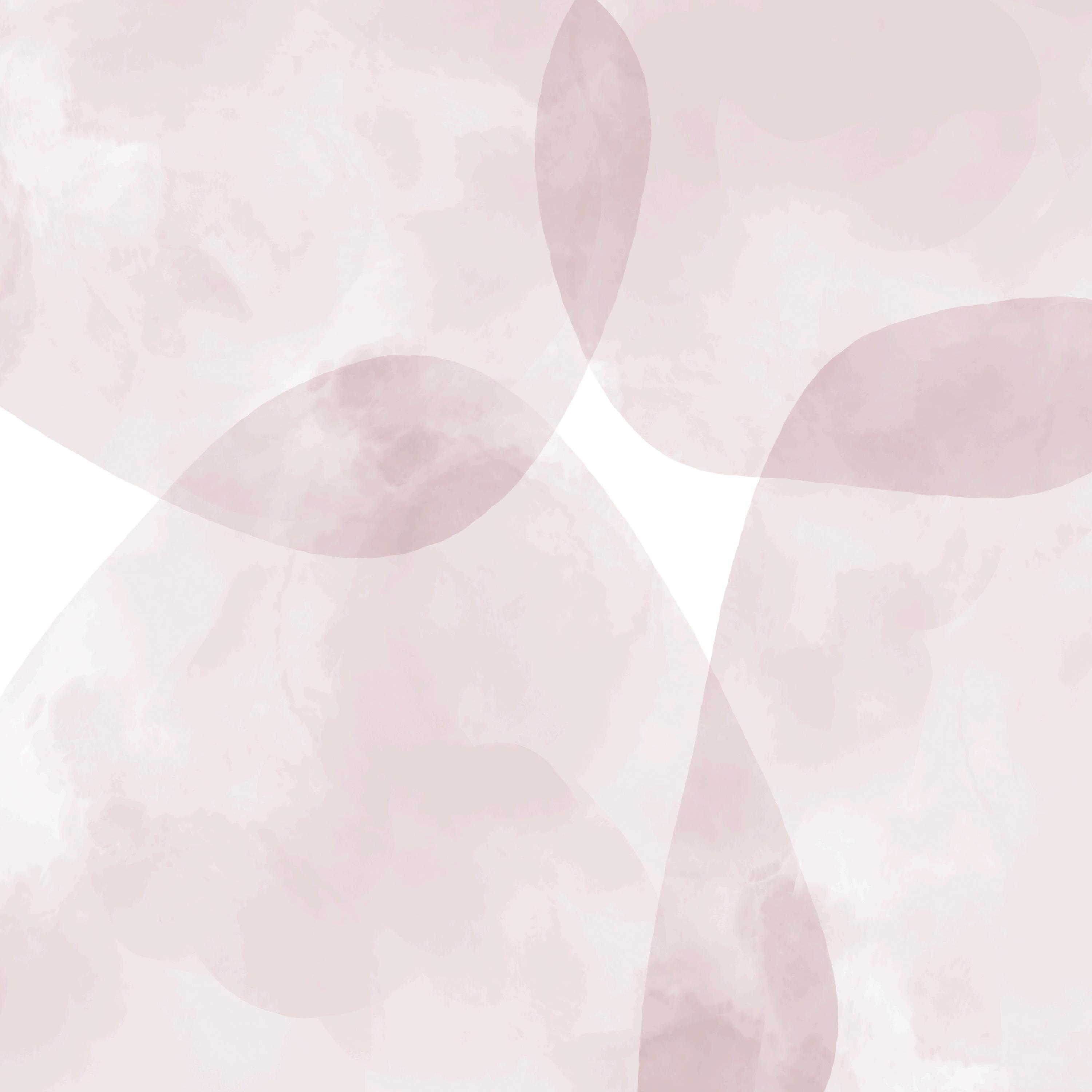

On March 20th , the Elementary Division had a ceramics workshop which comprised of clay techniques and kiln firing basics. It was held at Masonboro Elementary in Wilmington. We had people attend from New Hanover County, UNCW students enrolled in the ArtEd Master’s program and even people joined us through Google Meet from across the state. A link to the slide show was sent to all elementary division teachers in the April News Email. Please let me now if you would like the link sent to you directly elementarydivision@ncaeaorg
First of all, we want to wish a big welcome to anyone new to our division If you want to join our division, please be sure to contact us at emeritusdivision@ncaea.org or scholarship@ncaea.org
We do try to look at our membership list to find out about any new retirees Our division is composed of retired art educators, but that does not mean we are at rest! We encompass all divisions: some of us were elementary art teachers; middle school and high school teachers; taught at the university level; were museum educators; and art supervisors We have members who served on the NCAEA board and are serving on it presently We also have some members who are a part of the Distinguished Fellows group. Many of our members present or conduct workshops at the annual NCAEA Conference Our members also volunteer, write articles pertinent to Art Education, teach in venues other than schools and create and exhibit our own art. We are an active group and advocate for all art educators. This past conference in Asheville, our division created a Mini Materials Giveaway for beginning teachers We plan to have another Mini Materials Giveaway at our Asheboro Conference If you have any materials or books that an art teacher may be able to use, please bring them to the Asheboro Conference. Recently, we ’ ve had a couple of requests for mentoring support We have collaboratively answered the questions asked by the requestees and notified them that we are also available to talk with them.
Meetings scheduled for the Emeritus Division will take place, via Google Meet, on May 8, July 10, Sept 11 and during our NCAEA conference in October Online meetings are scheduled from 4 PM to 5PM.
On April 26th, the NCAEA Board gathered for the Spring Retreat at the Mint Museum in Charlotte. It was a highly productive and inspiring day. Frann Paige led a professional development session, where board members explored the art of needle felting using wool scraps, wool roving, and felt. Here are a few snapshots from the retreat!
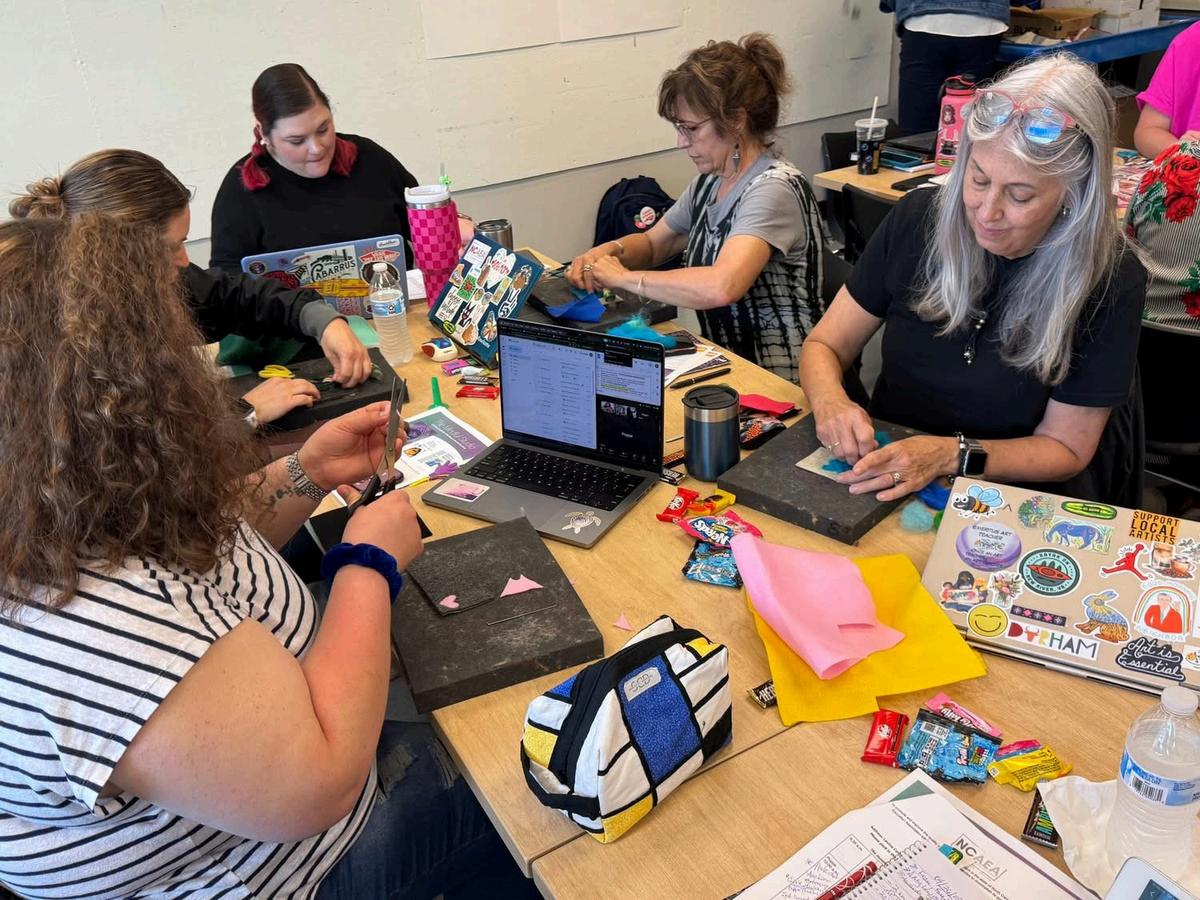
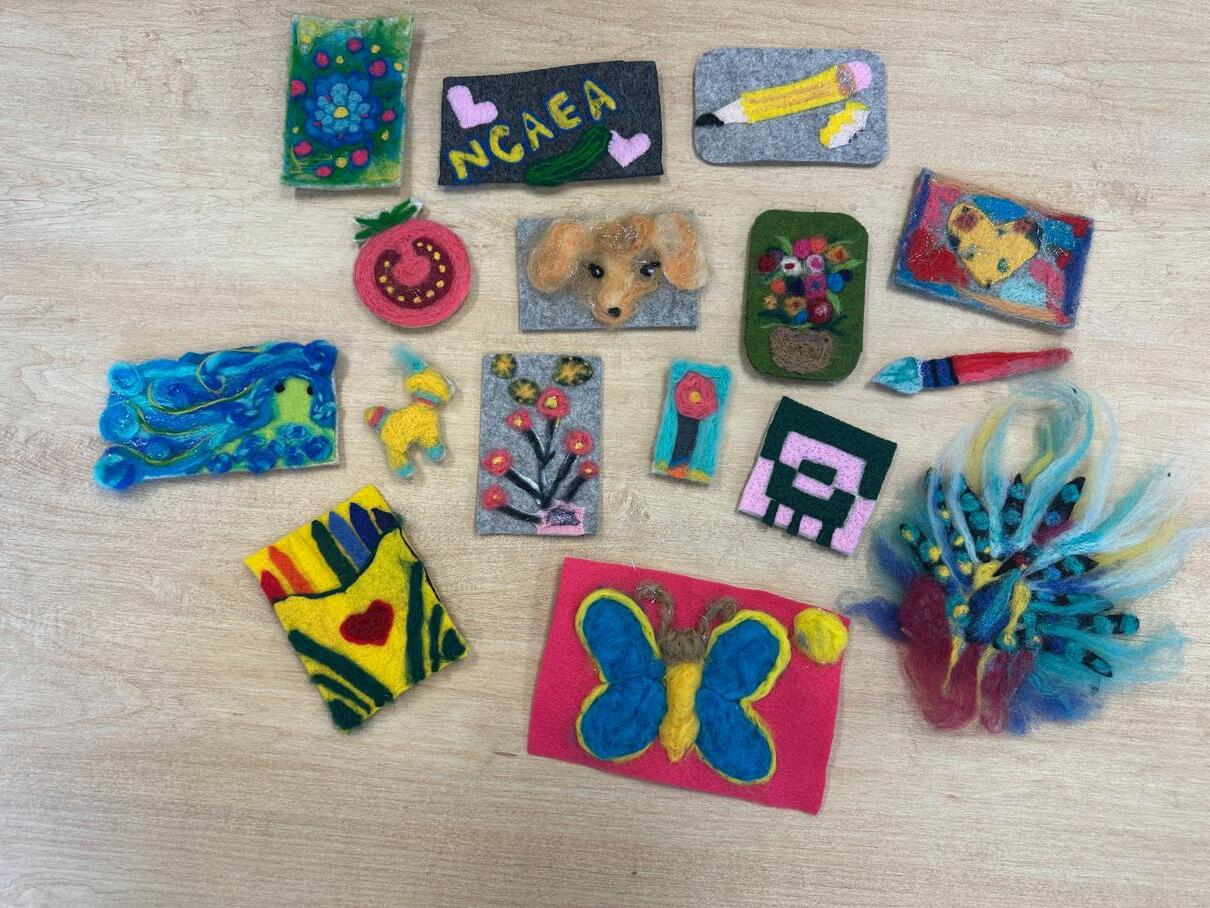




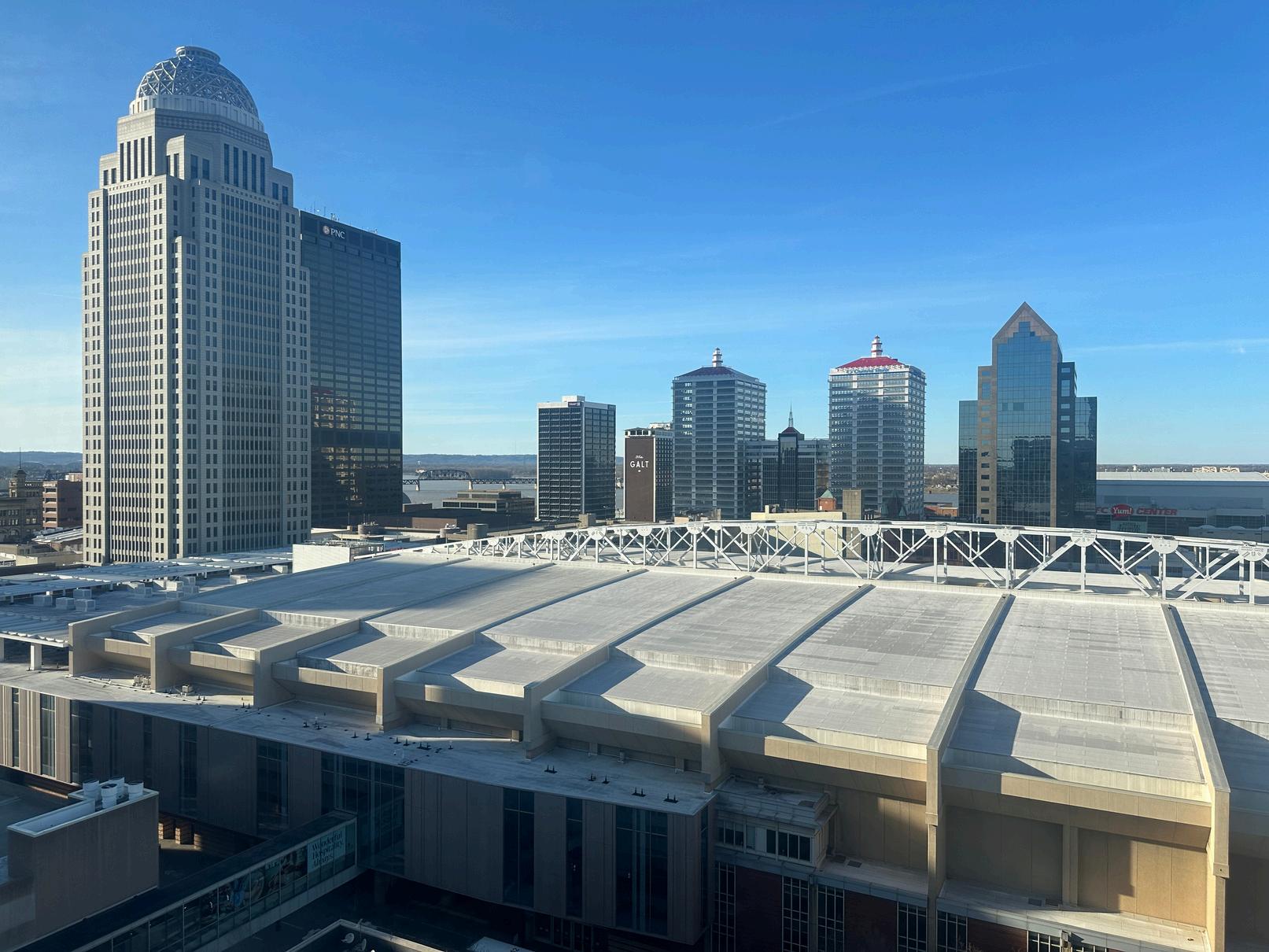
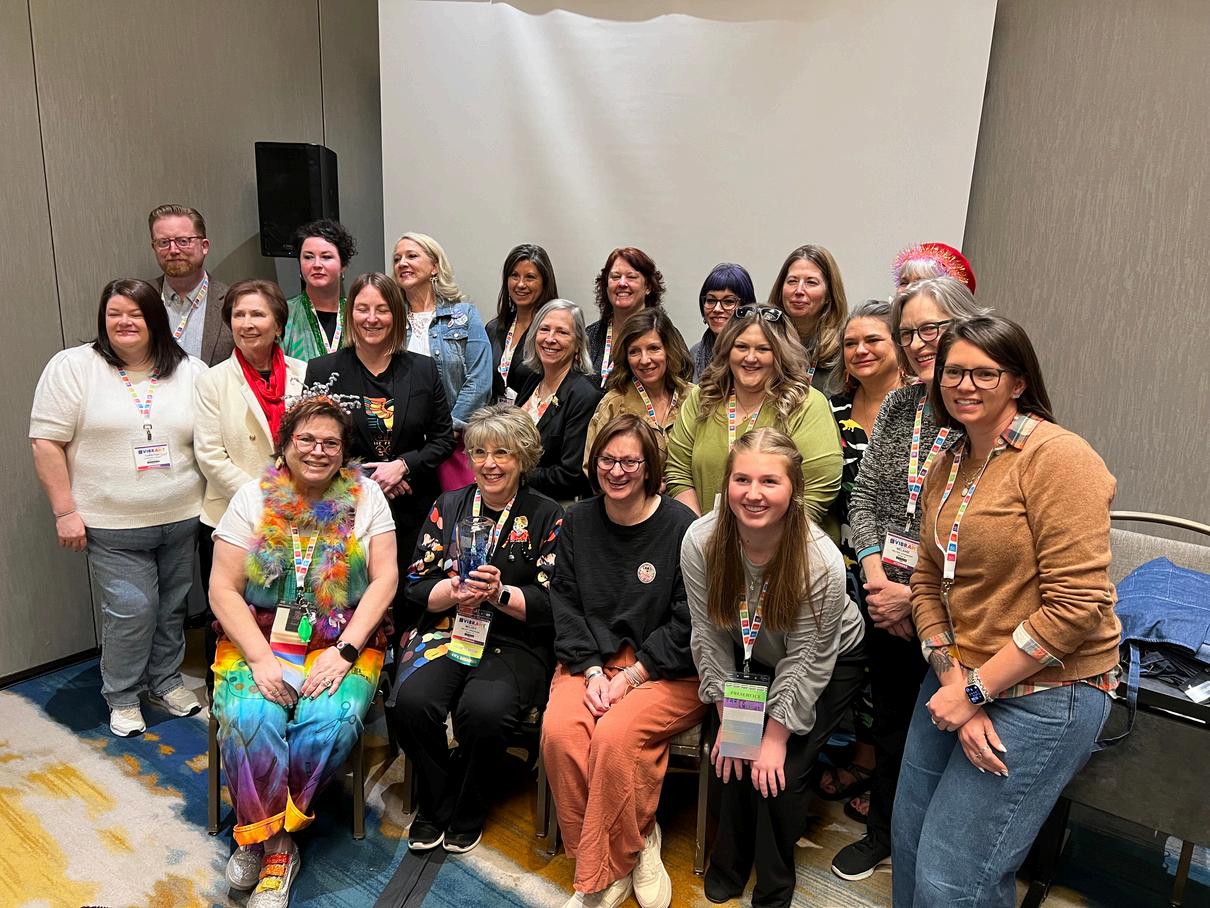

By Frann Paige
As a recipient of the North Carolina Art Educator of the Year Award and NCAEA scholarship funds, I had the privilege of attending the NAEA National Conference held March 20–22 in Louisville, Kentucky The national conference is an amazing experience meeting art educators from across the United States and participating in educational presentations and hands-on workshops.

The three keynote speakers were phenomenal On the first day, we heard from Nate Powell, a National Book Award-winning cartoonist who began self-publishing comics as a teenager in Arkansas in 1992. Powell’s work has received numerous awards, including the Robert F Kennedy Book Award, as well as multiple Eisner and Ignatz Awards He shared how cartooning at an early age launched his career as a graphic novelist. One of his most notable works is March, an autobiographical graphic novel trilogy about the life of civil rights leader and US Congressman John Lewis
On Friday, we had the honor of hearing from Frida Kahlo of the famed Guerrilla Girls. The Guerrilla Girls are an all-female collective who remain anonymous by wearing gorilla masks and adopting the names of famous deceased women. They are a group of women artists and art professionals who fight discrimination,


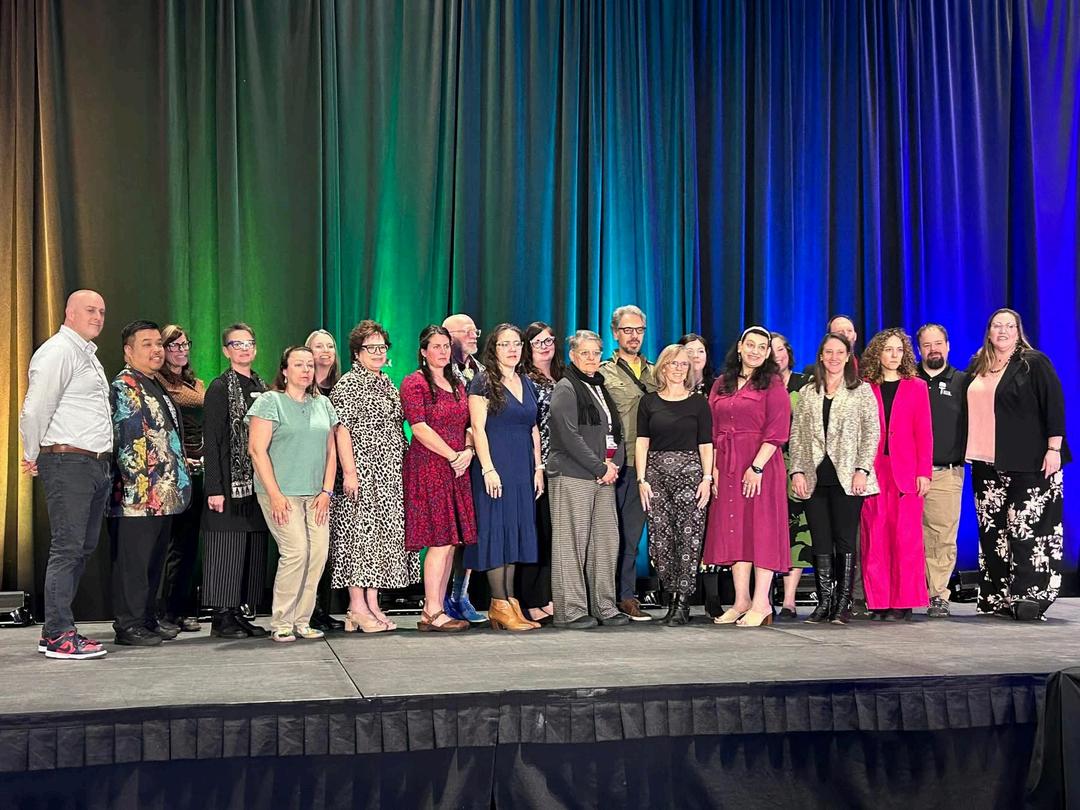

and art professionals who fight discrimination, serving as the conscience of the art world. The Guerrilla Girls have produced over 80 posters, printed projects, and public actions that expose sexism and racism in the art world and broader culture They use humor as a powerful tool, proving that feminists can, indeed, be funny. Saturday’s keynote speaker was the dynamic Roberto Lugo an American potter, social activist, spoken-word poet, and educator Lugo’s work reflects his activism, blending hiphop, history, politics, and his cultural background into powerful ceramic and 2D artworks. I highly recommend watching his TED Talk.
I also participated in four hands-on workshops: creating Marvin Fish birds, exploring Thomas Dambo trolls, working with infusible inks, and designing Kentucky Derby hats/fascinators. I enjoyed all the workshops, but the infusible ink session was especially valuable to me Additionally, I had the honor of presenting for the School for Art Leaders (SAL), sharing my experiments and capstone project.

The highlight of the conference was receiving the North Carolina Art Educator of the Year Award as well as the School for Art Leaders Award I truly hope you consider attending a future national conference next year ’ s will be held in Chicago, registration is open! Hope to see you there.
by Heidi Phirman
If you like receiving money from your PTA, or plan to request some in the future, then granting their requests is probably necessary to build a good working relationship. Helping your PTA raise money may seem like a daunting task, but it doesn't have to be
One type of PTA request I find rewarding for both myself and my students is creating art to be raffled or auctioned. I recommend doing projects like these in the form of group projects These types of projects build a sense of community and allow students to experience working as a whole grade level to achieve a common goal. Many of our Essential Standards can be addressed during projects such as these as well
This year we created 6 projects in just one week, due to a late request. To begin, I painted six canvases that I had laying around I set up a folding table off to the side of my room for small groups My younger students were given art activities to do at their own spaces, which they loved. My older students continued with independent “work in progress ” . Groups rotated to the project table until every student had, drew, cut or painted their part Both the PTA and the students were really excited to see the final results at the end of the week which also coincided with the Raffle at our Spring Fling



Here are some tips I have learned from many years of “Group Raffle Projects” items:
1.Whenever possible use materials you already have on hand like old canvases, cardboard, painted papers and magazines
2 Start as early in the school year as you can to plan and collect items.
3.Choose a subject that the group can relate to from either their own classroom or from previous art lessons Example: 2nd grade hatched chicks, their art was chick themed 3rd grade learned about Van Gogh, their art was sunflower themed.
4.Choose images that allow for many parts to be added
5 Pre-plan and paint the base coat of any surface you have chosen, including the edges.
6.Plan out sections for each group ahead of time.
7 Use materials that make your life easier I recommend paint sticks such as Kwik Stix
8.Ask for money for items you do not have in your classroom materials. I always ask for funds for a high gloss or clear coat spray for that finished look
9 Add the date, your school’s name, and the group title to the back of any piece made.
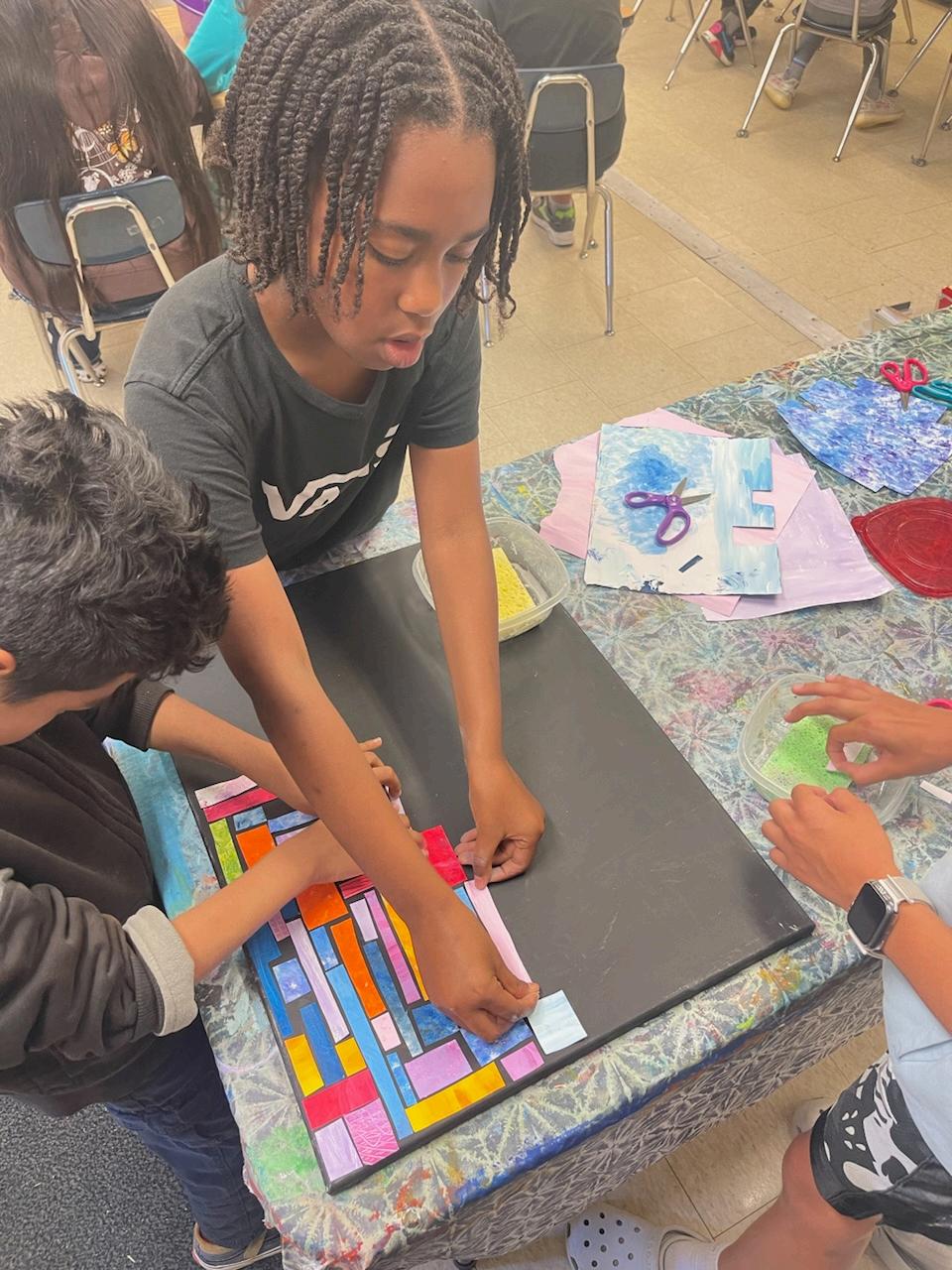


By Suzanne Sload
If you are reading this article, you have taken the first step in building your own creative, supportive art community. Being a member of the NAEA/NCAEA provides support for educators ranging in grades from pre-school to higher ed and everything in between The NCAEA offers division and regional professional development workshops and the annual state-wide conferences cater to the needs of our members along with digital resources for our state and national support through the NAEA You are off to a great start, but you might ask yourself, “where do I go from here to build my own art community?”
Isolation in schools for art teachers, especially in the elementary level, is a reality for many Having been an elementary art teacher for 30 years, I have felt the insolation and sometimes the burden of being the only teacher in the building to teach my subject. Have I felt pangs of jealousy seeing the grade levels in their PLC’s or common planning time bouncing ideas off of each other, truly working with colleagues that teach the same thing they do? I sure have! But, I wouldn’t trade what I teach for the world


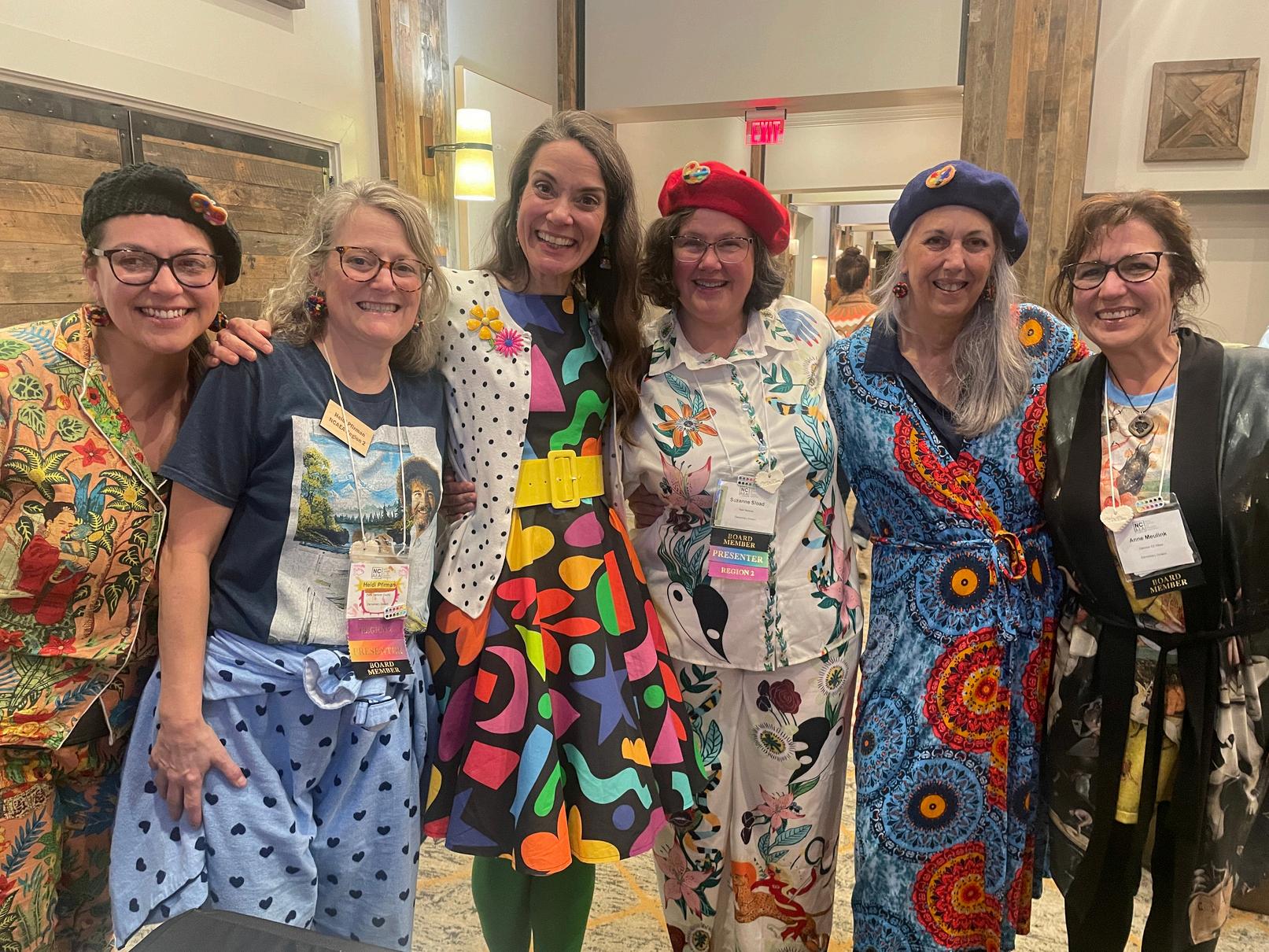
I just had to find ways to find my people; my tribe and reach out to build my own art community
Here are a few suggestions on where to start
*Join the NAEA/NCAEA and be an active member….
-sign up for as many NAEA webinars as you can.
-attend the NCAEA State Conferences
-participate in your regional or division meeting throughout the year
-go to a national NAEA conference, if you can. (I checked that off my bucket list at the NAEA conference New York City in 2022, yes, still covid time, though)
*In your town…
-connect with your local arts council for events you can participate in or attend. -attend your town’s or another town’s Gallery Night
( 1st Friday- Raleigh, Charlotte, Asheville- 3rd Friday-Durham, 4th Friday-Wilmington)
-participate in community art events (such as, community murals)
-go to art fairs or festivals
-take an art class or workshop -join an art club.
-connect with artists in your community. -volunteer at an art community center.
*Online
-check out social media post, like Facebook and Instagram-join an online art forum or platforms. -search for websites that posts meet-up groups for art.
Feeling connected is key I hope this article has inspired you to reach out and find your art community whether online or in person.


by Crisianee Berry
As the school year begins here in Region One, I start thinking about all of the things I need to do and immediately feel like I am behind. So I am always looking for tips and tricks to help me stay organized Occasionally, I come up with a really good idea on my own but more often, I adapt one that someone else has used Here are five organizational ideas for your room!
I I love to make a list and then check off a task that I have completed Unfortunately, one long list of everything I need to do can get a little ridiculous. Plus, when the list is too long, I may spend time 1 completing a task that isn’t due for a while before I begin ones that are more immediate. To solve this issue, I recommend having 3 to-do lists: one for the day, one for the week, and one for the month.
Although it sounds a little ridiculous at first, thinking about tasks in this manner can help keep you organized. Start with the month list first. Check your calendar, unit lesson, email, and messages from the office, all of the places that might have information regarding your responsibilities during the month. Don’t forget to check NCAEA and local art calendars so you can add in contests that your students might participate in during the month Create your monthly list and then go ahead and break the month up into weeks You may even want to color code the list so items that MUST be finished that week are highlighted. From there I would create my to-do list for the first day I usually add one task that is more of a “hope it gets done” Than a “needs to get done” That way, if I luck up and am super productive I can use my time wisely. It also makes me feel less guilty for moving things to the next day’s list because I already knew I had more on the list than I expected to get completed The individual daily list looks much more manageable and now the whole month is organized.
2 If your classroom has multiple devices that use remotes, create a remote binder This idea came from chaylorandmads.com and is pretty simple to implement. Use self adhesive Velcro and attach one side of the Velcro to the back of your device and place the other strip in the binder All of your remotes are in one place and can be easily found no matter how often you do or don’t use them.
3 You probably know that I like yarn You probably also know that yarn can be a real pain to use because kids + yarn = knots! So when I saw this tip for yarn storage on artteachershelpal.blogspot.com, I couldn’t believe I had not seen it before It’s so simple The type of plastic storage bin that has holes all around the sides Pull the starter thread through the nearest hole and the thread comes out neatly.

4 This is an idea that is both an art lesson and an organizational tip Have students create ID cards for themselves The original version help them out of this indecisive quandary. First, create a list of topics for your students. I would include a variety of categories such as; objects or things in the room of this lesson was on incredibleartorg and had the students use index cards that included information on one side like a driver’s license with a real photo and parent contact information on the reverse side. However, I am inclined to have my students create their own portrait or create a decorative version of their name on their card I would have them add their class period, homeroom teacher, art table or group, or other “school” information to the other side.
The way this becomes an organizational tool is that these cards can then be used to check out books and materials, designate assignments, choose names, and other classroom tasks throughout the year.
5 Do your students ever get stuck in the “I don’t know what to draw” zone zone This idea allows you to help them out of this indecisive quandary. First, create a list of topics for your students. I would include a variety of categories such as; objects or things in the room (your view out the window, eyeglasses, scissors, the plant), themes (portrait, still-life, seasonal), and techniques to try (pointillism, color schemes, various perspectives). Now that you have your list you have options You could put all of the topics in a jar and students could blindly choose from that jar u could add the list to a clipboard and allow students to sign up for a different choice each time they visit it. You could create a spinner. The spinner could be a real wheel they spin in your classroom or a digital version There are several websites and apps that allow you to do this (A few are wheelofnames.com, pickerwheel.com, and (spinthewheel.app) Finally, you could create a bulletin board with an assortment of suggestions displayed These topics could be rotated monthly or as you change units or really whenever you felt the need
I hope you find at least one of these vastly different assortment of organizational ideas helpful as your school year kicks into high gear If you use any of these ideas, have a better solution to one of the issues, or have other helpful tips for staying organized, please share! I know I will take any helpful advice I can find and I’d love to share it with everyone else

bySaraSagar
You are powerful and important! You can change the structure of your own brain and the brains of others Art(s) Education can impact thinking processes, levels of mental ability and growth, as well as physical, emotional, social, and psychological health.
This statement conjures visions from fantasy or science fiction, but neuroscience isn’t new to medicine or education. Its impacts may be a “ no brainer” to those currently engaged in the fields of science, education, and health As technology advances, so does brain research
Your Brain on Art, How the Arts Transform Us by Susan Magsamen and Ivy Ross, copyright 2023 by Neuro Arts LLC, brings us some of the most up-todate research and anecdotal evidence of the power of the arts in our lives
“Advances in technology allow us to study human physiology like never before, and a growing community of multidisciplinary investigators is researching how the arts and aesthetics affect us, giving rise to a field that is radically changing how we understand and translate the power of the arts It’s called neuroaesthetics Or, more broadly, neuroarts
In short, the arts and aesthetics change us and, as a result, they can transform our lives.”
by Your Brain on Art How the Arts Transform Us Co- Authored by Susan
Changes that art makes in student thinking and behavior is observably obvious to an art teacher New thoughts show in conversation, questions and discussions, approaches to the creative process and in student art works. Teacher testimonials and student examples are all well and good presented to administrators and budget builders planning financial allocations, but then their cry goes out “where is supporting professional research and data to back your observations?”
Responses to the inevitable questions about the validity of art in education became part ofmy mindset through a school wide professional development reading of Teaching with Poverty in Mind by Eric Jensen, copyright 2009 I quickly followed with Jensen’s Art with the Brain in Mind, copyright 2001 Jensen also offered workshops through the Western Region Education Service Alliance (WRESA). I was fortunate to attend these
What an epiphany! The arts are actually indispensable to brain growth!

I cannot stress the value of continuing professional development enough! Entering public education in the early 1990’s via lateral entry at age forty, I was initially the itinerant Art Teacher for four rural NC mountain Title One kindergarten through fifth grade schools At least fifty percent of my students at each school were eligible for free and reduced lunch Children growing up in poverty benefit tremendously with environmental enrichment. This introduction to classroom practices designed to increase students’ aptitudes for learning put me on a path I will travel for my lifetime.
I was so excited to see Your Brain on Art, How the Arts Transform Us on the new books display in January 2024 at our public library! New, current research and data made available!
I grabbed it and started reading! Huge leaps have been made in understanding the mechanics and physiology of the brain during the past twenty years The application of these discoveries to arts and aesthetics show them to be essential to our cognitive, physical and behavioral well-being This has affirmed/reaffirmed my conviction of the undeniable core value of art(s) education.
Betty Edwards with her book Drawing on the Right Side of the Brain (copyright 1989), and EricJensen, in his books and workshops explaining neuroscientific methods for making brain changes, served as my catalysts for interest in brain change. Richard Huganir, current chair of neuroscience at Johns Hopkins School of Medicine, a research contributor to Your Brain on Art, and coauthor Susan Magsamen’s husband, describes this brain changing, or neuroplasticity, as “ …your brain’s ability to consistently form and reorganize neural connections and to rewire itself”
I can’t begin to recount all the experiences and discoveries presented in this book! The best I can do is to attempt to provide some insights through chapter titles and “teasers”:
Introduction: The Language of Humanity An Aesthetic Mindset “ … Simple, quick accessible ‘acts of art’ can enhance your life ”
The Anatomy of the Art “ our brains have the capacity to physically rewire and create new pathways in response to (enriched) environmental stimulation…”
Cultivating Well-Being “ People who engaged in the arts were found to have lower mental distress, better mental functioning, and improved quality of life…”
Restoring Mental Health “…Specific studies into the neural effects of visual art production and mood have shown that drawing, by changing brain-wave activity and increasing blood flow to the frontal regions of the brain, has a positive effect on our psychological resilience ”
Healing the Body (Human heart cells were moved with sound; cymatics research by Stanford University’s Sean Wu and Utkan Demirci) ”Art and science together are potent medicine, capable of radically transforming our physical health…”
Amplifying Learning “…Here, we ’ re going to explore the ways in which the ‘little specks of jelly in your head, in your brain’ (VS Ramachandran) gain and consolidate knowledge through the creation of the arts and immersion in aesthetic experiences…”
Flourishing “ When you are flourishing, you are curious, creative, and open to new experiences, and there is a conscious commitment to fostering a positive mindset. You’re nurturing your mental, physical, and social health We explore six foundational attributes of flourishing: curiosity and wonder, awe, enriched environments, creativity ,rituals, novelty and surprise…”



Creating Community “…Supporting this core human imperative to live in community is our unique ability to creatively share our thoughts, ideas, and emotions The success of our species comes down to this: Art creates culture. Culture creates community. And community creates humanity…”
Conclusion: The Art of the Future “ New research, discoveries, and applications continue to mount The sheer magnitude of this work is exceptional, and it promises to continue to accelerate…Just as the work of scientists (David Zhang, Guangzhou University) is revealing the long arc of human art-making in the past, the neuro aesthetic research and invention of the present is seeding our future What will the world look like in the coming years as the neuro arts propel us forward? ”
These snippets come directly from the text and hopefully stimulate your curiosity. The authors state that even brief regular involvement in arts and aesthetics have significant impacts for everyone
With that thought: Art(s) Educators Make A Difference. Every Day. Don’t Forget it!
by Sara Sagar
Summer is a great time to let your thoughts flow, to dream of times to come, to reflect on times past Consider yourself as an artist, an educator, a vessel of creative expression Examine the possibilities of expanding your horizons Is there a class, workshop, or other professional development you ’ ve been yearning for as a lifelong learner?
NCAEA can help enrich your life learning in SO many ways!
The Bobbi Bowman Scholarship Fund offers two scholarships up to $500 each per year The next application deadline is October 5, 2025 for winter/spring professional development for NCAEA members Start planning now! Check out the NCAEA website under Benefits, then Scholarships, for more information and application forms
Have some fun developing your expressive strengths by creating artwork for NCAEA’s 2025 Silent Auction Bidding wars are part of the excitement during the President’s Reception at our Professional Development Conference in Asheboro, NC October 10th through October 12, 2025 Donated pieces should be easy travelers, not too large or too heavy, so the highest bidder can take a new wonderful treasure home with them!

Feel free to contact m out scholarships


SECRETARY Leslie Burwell secretary@ncaeaorg
TREASURER Maria Robinson treasurer@ncaeaorg
ADVOCACY Lee Haywood advocacy@ncaeaorg
ED&I Vacant Position edi@ncaea.org
MEMBER AT LARGE 1 Pooja Nair memberatlarge1@ncaeaorg
MEMBER AT LARGE 2 Jamielle Orrell memberatlarge2@ncaeaorg
MEMBER AT LARGE 3 Shila Alexander memberatlarge3@ncaeaorg
ELEMENTARY Suzanne Sload elementarydivision@ncaeaorg
MIDDLE Natasha Young middledivision@ncaeaorg
SECONDARY Marley Moreno secondarydivision@ncaeaorg
MUSEUM Michelle Harrell & Julia Hood museum@ncaea.org
HIGHER ED Borim Song highereducation@ncaea.org
SUPERVISION LeighAnn Little admindivision@ncaeaorg
RETIRED/EMERITUS Danny Hartman retireddivision@ncaeaorg
PRE-SERVICE Tiffany Zarinana preservicepresident@ncaeaorg
PRESIDENT Whitney Hern president@ncaeaorg
PRESIDENT ELECT Chynna Oaks presidentelect@ncaeaorg
PAST PRESIDENT Melissa Poppe pastpresident@ncaea.org
REGION 1 Crisianee Berry & Nancy Winn region1coordinator @ncaeaorg
REGION 2 Heidi Pfirman region2coordinator @ncaeaorg
REGION 3 Sarah Schumacher region3coordinator @ncaeaorg
REGION 4 Theressa Lewis region4coordinator @ncaeaorg
REGION 5 Lyn Lambros region5coordinator @ncaea.org
REGION 6 Lindsay DeBlasio region6coordinator @ncaeaorg
REGION 7 Kathryn Szelazek region7coordinator @ncaeaorg
REGION 8 Amy Lewis region8coordinator @ncaeaorg
BY DESIGN EDITOR Frann Paige bydesign@ncaeaorg
AWARDS Penny Freeland awards@ncaeaorg
WEBMASTER Jodi Aker webmaster@ncaeaorg
SOCIAL MEDIA Amanda Gordon socialmedia@ncaea.org
SCHOLARSHIP Sara Sagar scholarship@ncaeaorg
YOUTH ART MONTH Jana Farris yam@ncaeaorg
HISTORIAN MaryLu Flowers-Schoen planning@ncaeaorg
ADAPTIVE ARTS Christina Bell adaptivearts@ncaeaorg
INDEPENDENT SCHOOLS Elizabeth McCleod independentschools@ncaeaorg
NAHS Caitlin Bachman nahs@ncaeaorg
NJAHS Vacant Position njahs@ncaea.org
PRESERVICE SPONSOR Emily J. Howard preservice@ncaeaorg
GENERAL ASSEMBLY Anne Courie-Meulink & Amanda Aguayo generalassemblyart@ncaeaorg
DPI REPRESENTATIVE Laura Stauderman DPIrep@ncaeaorg
Lesson Plan for Grades 5–12



Construct: Use reed and basswood to construct the frame of the kite
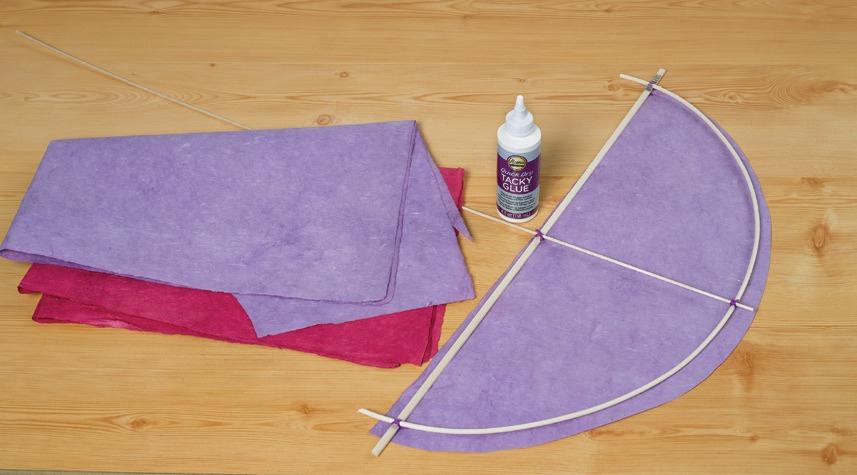
Students learn the basics of kite design before designing one of their own using a few simple materials and a lot of imagination.
CHECK OUT NEW lesson plans and video workshops for students of all ages at DickBlick.com/lesson-plans.


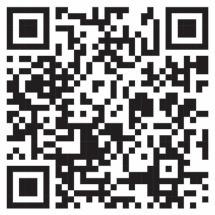

Want your student's work featured in the By Design? Submit work here: https://forms.gle/no27yPXCApChuHzV9
Please tell us what you thought of this issue by completing our survey: https://tinyurl.com/y9y4y377